
The Ho Chi Minh Trail: Then and Now (Part 1)
We’ve spent more than 20 years exploring and the Ho Chi Minh Trail in Laos, and have compiled this set of images comparing what it


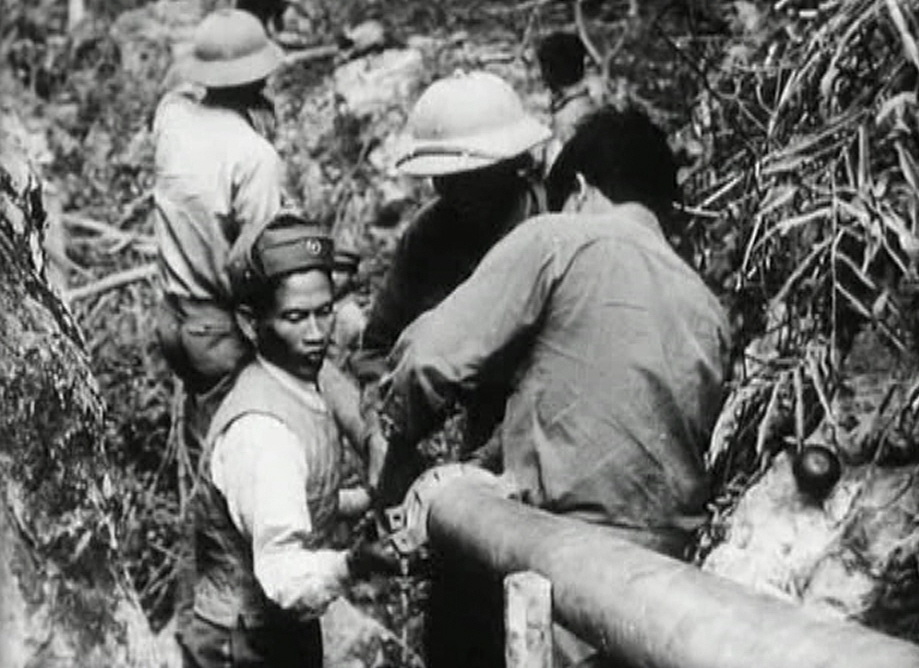

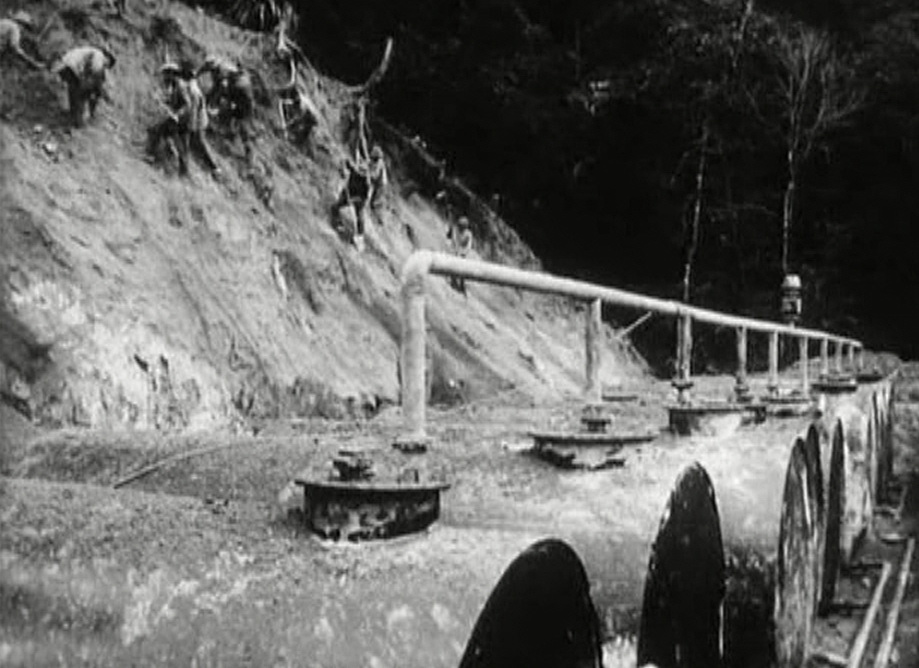

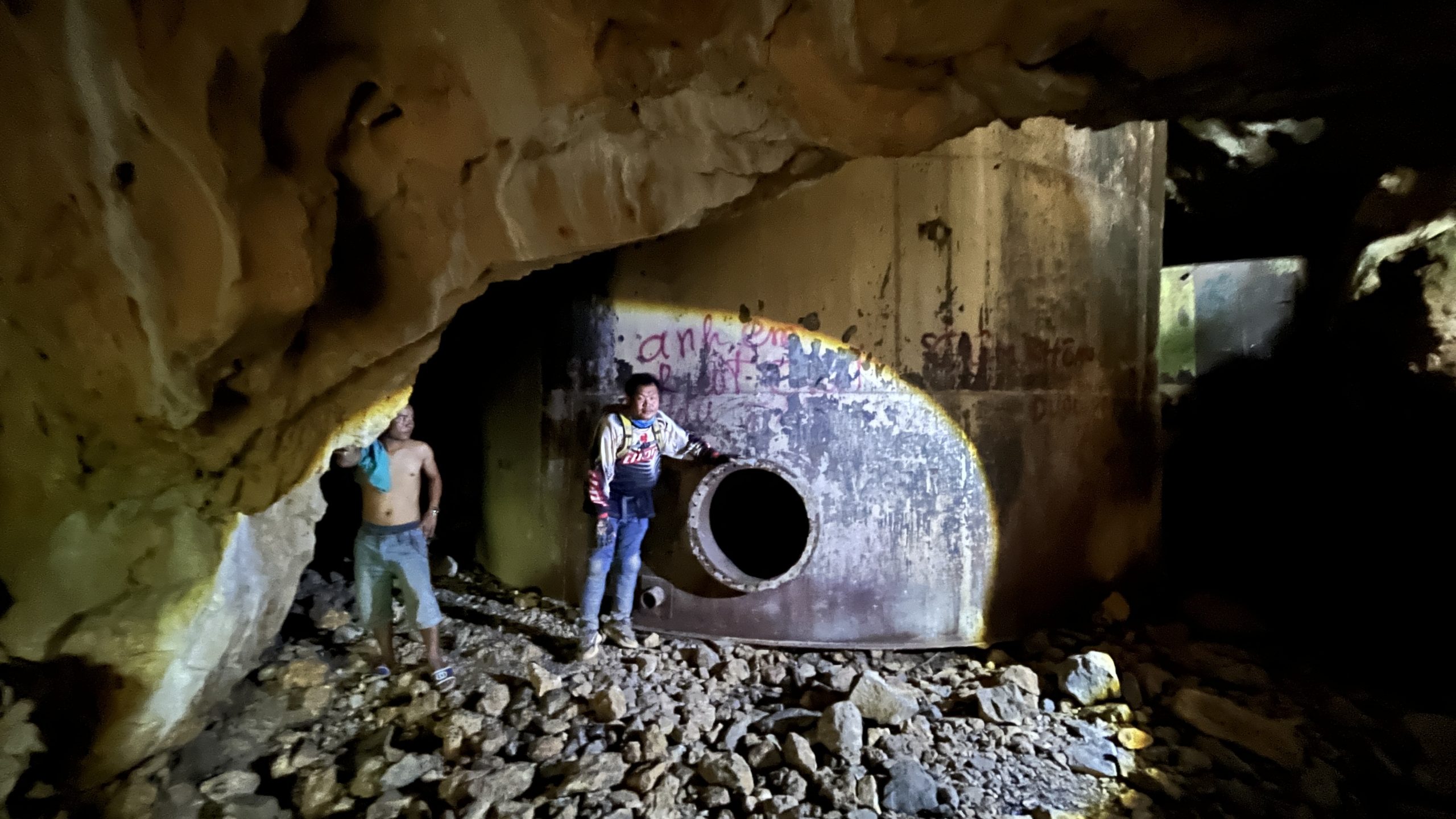









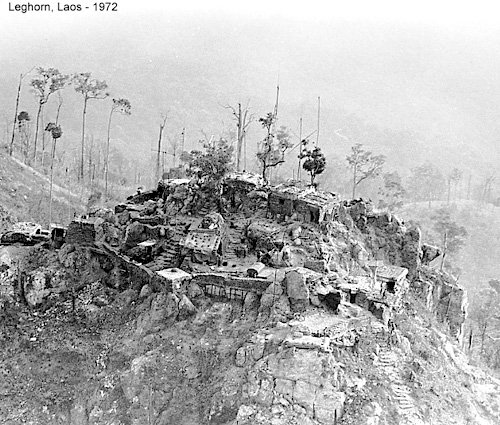
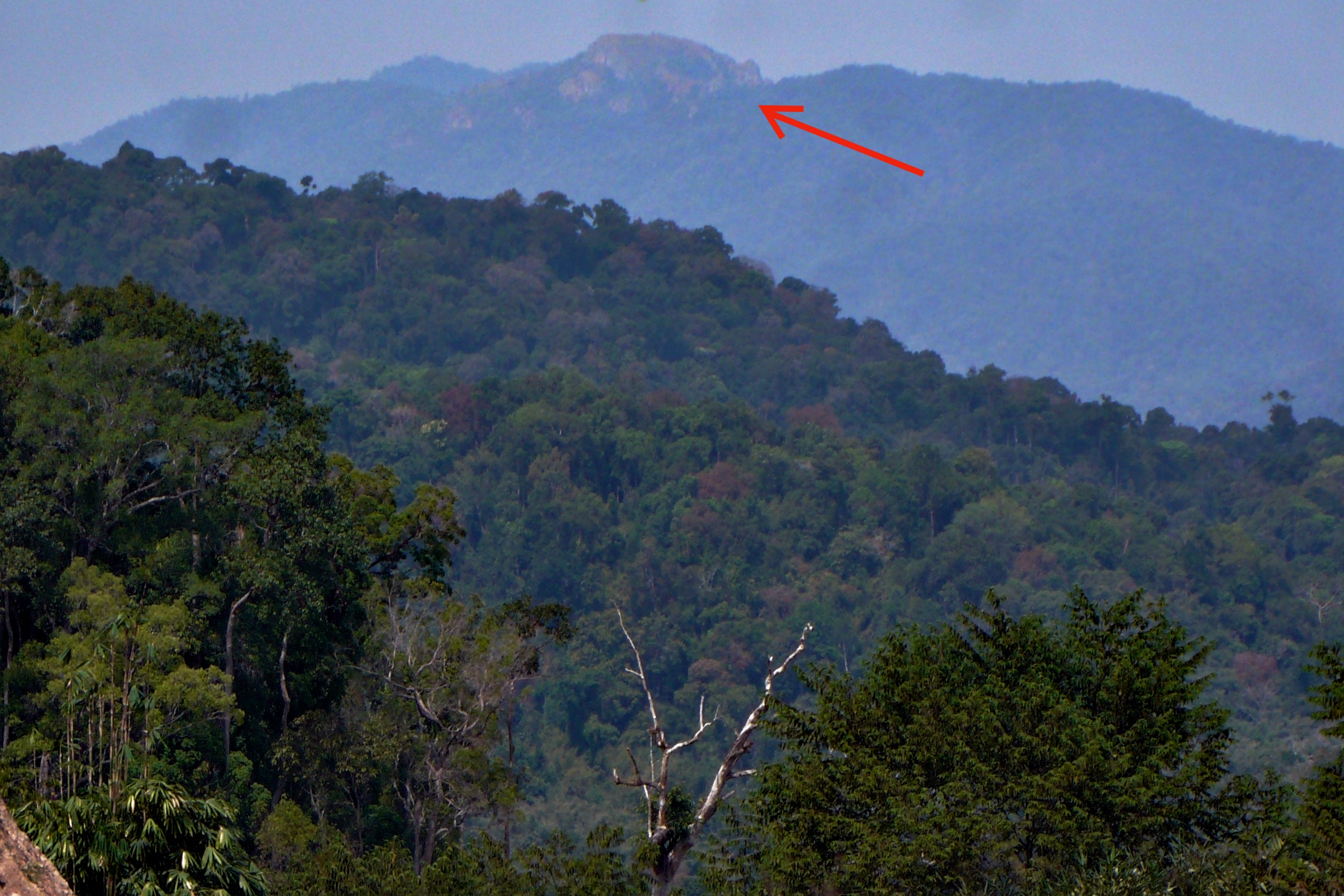






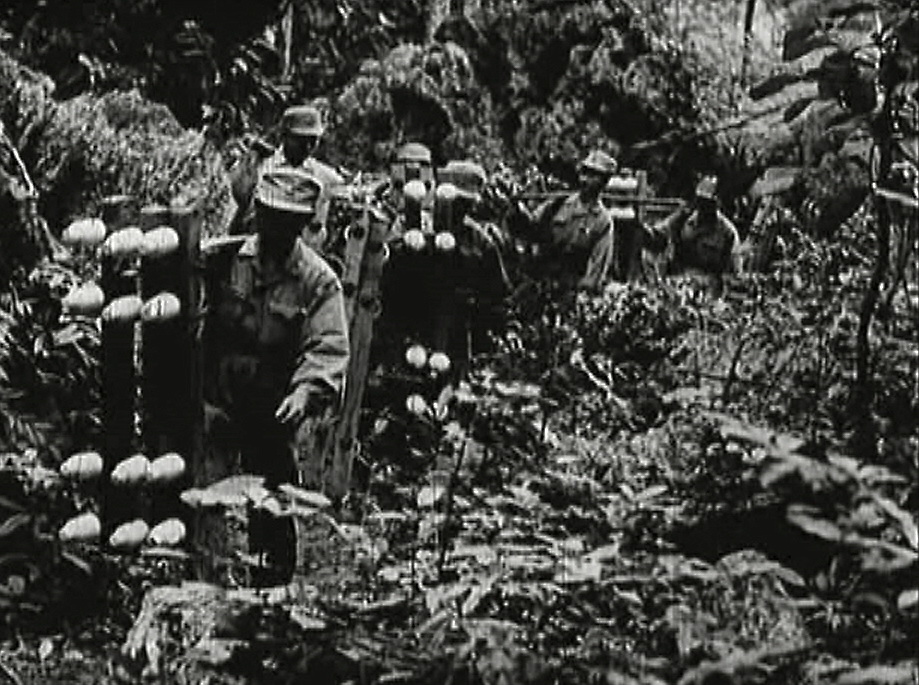


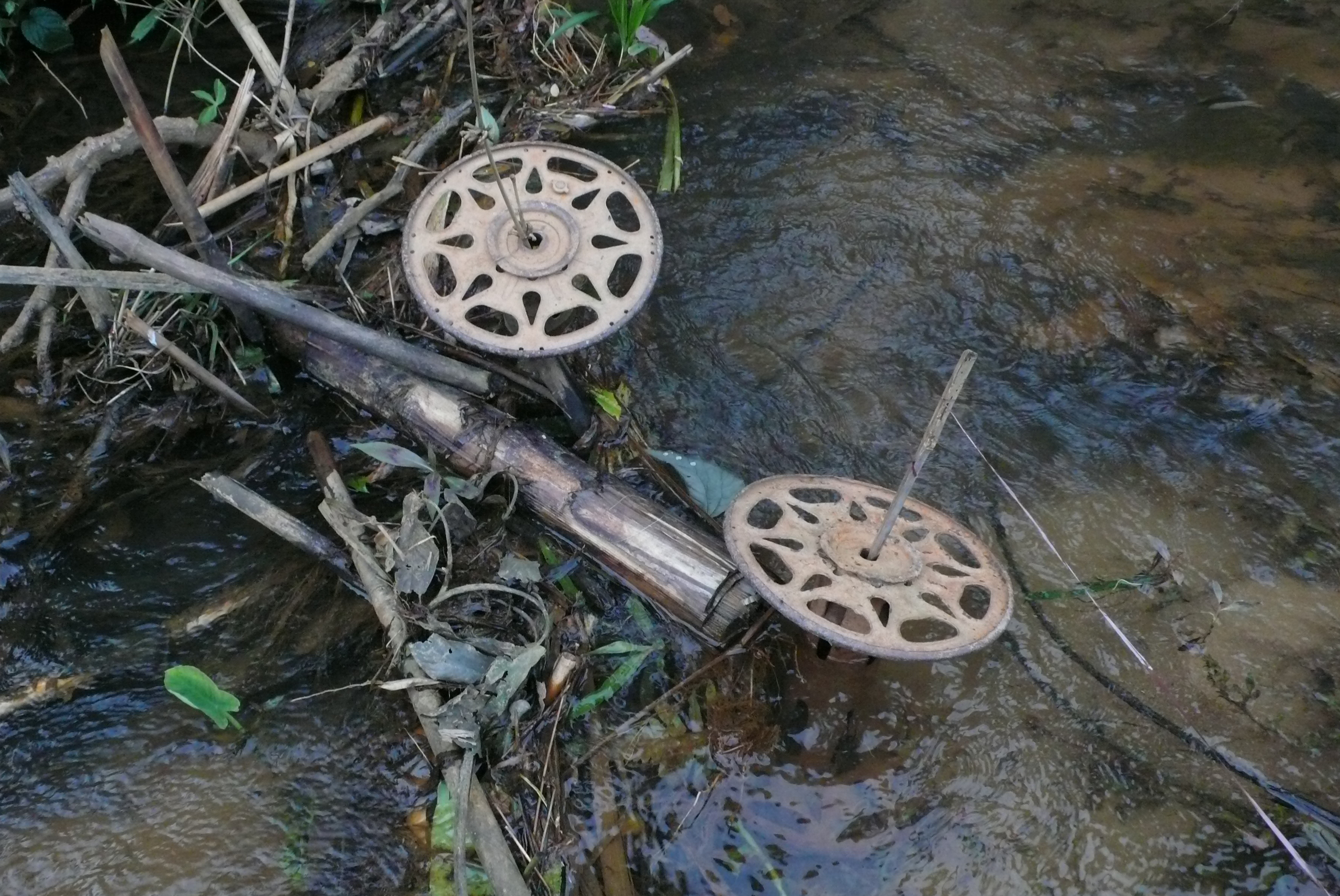
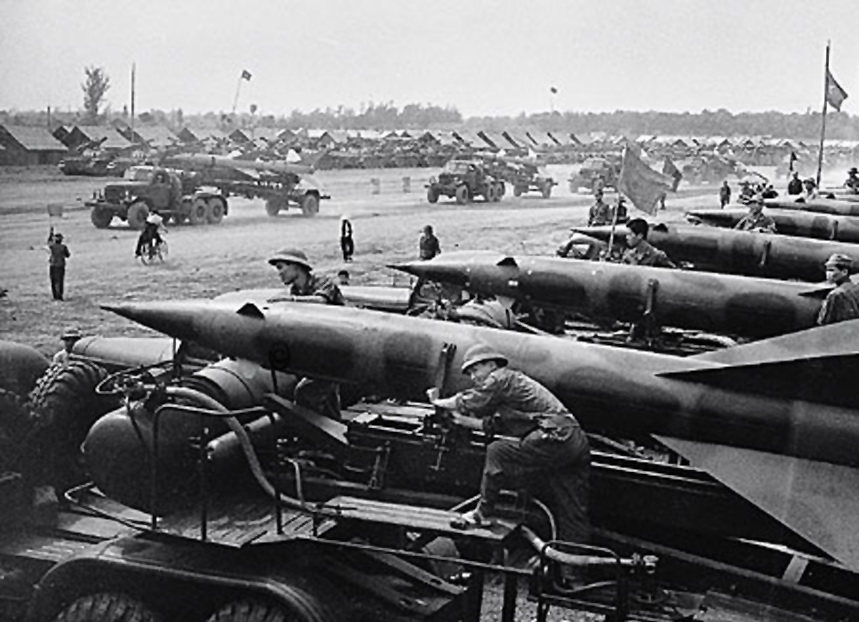

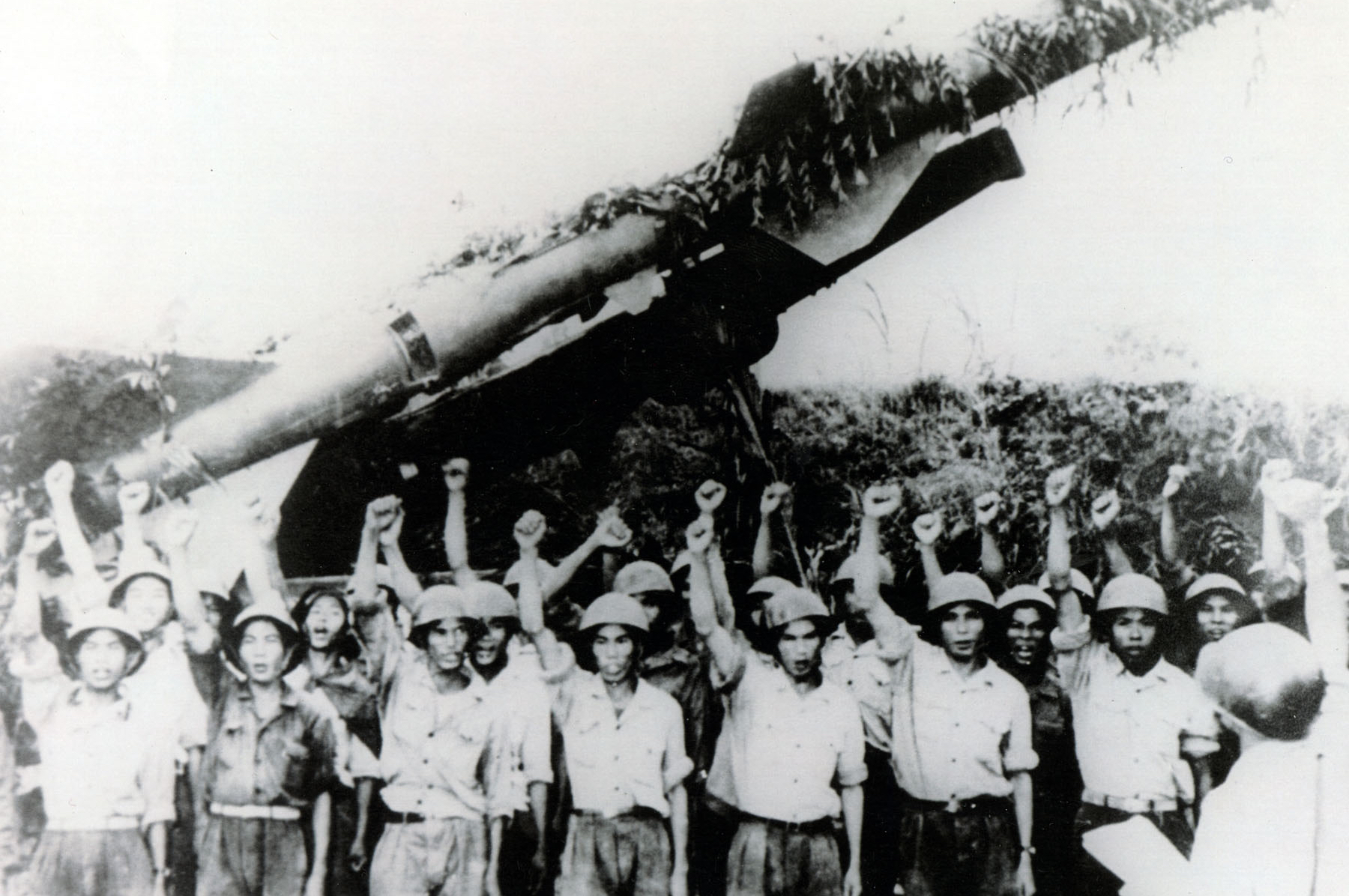
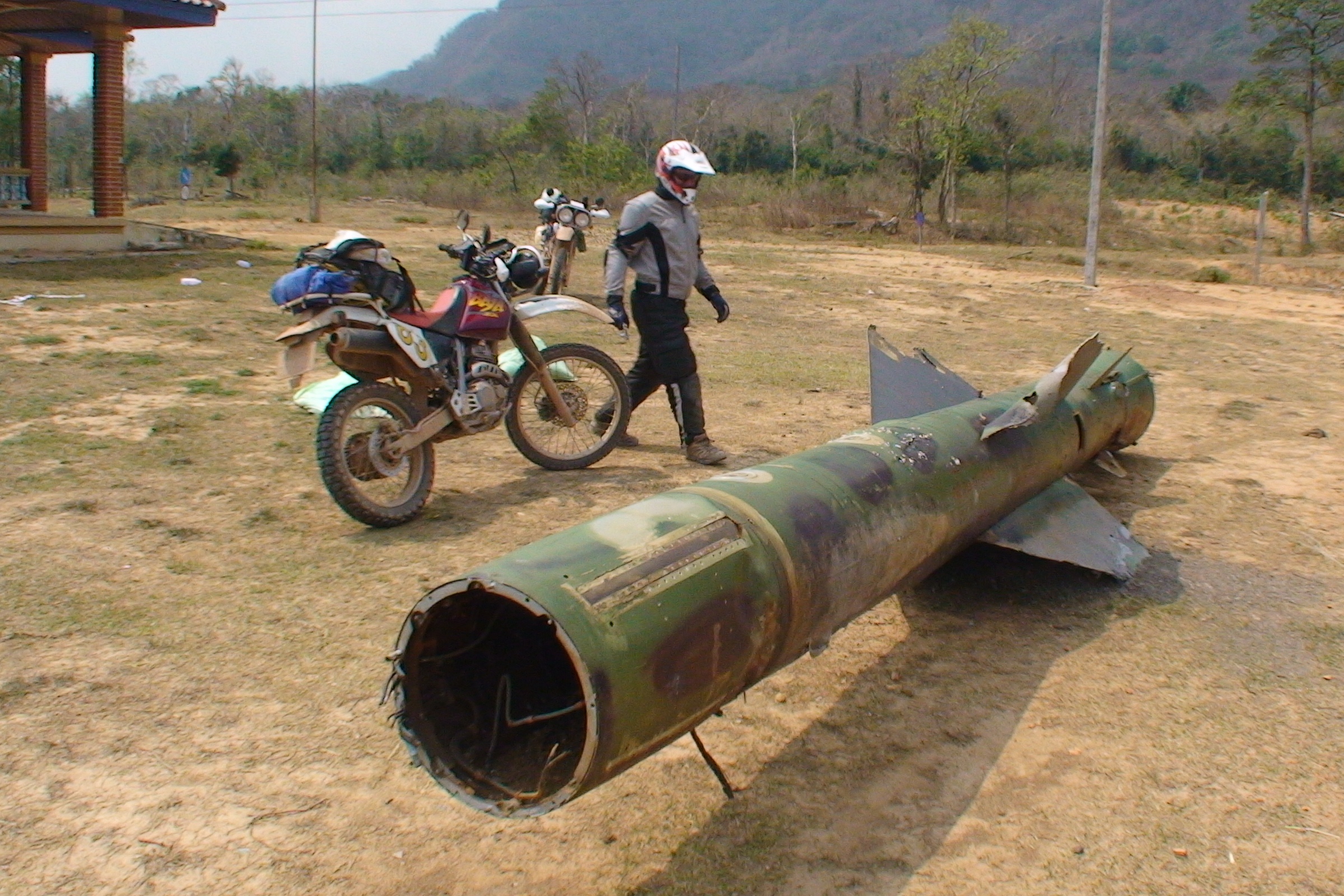


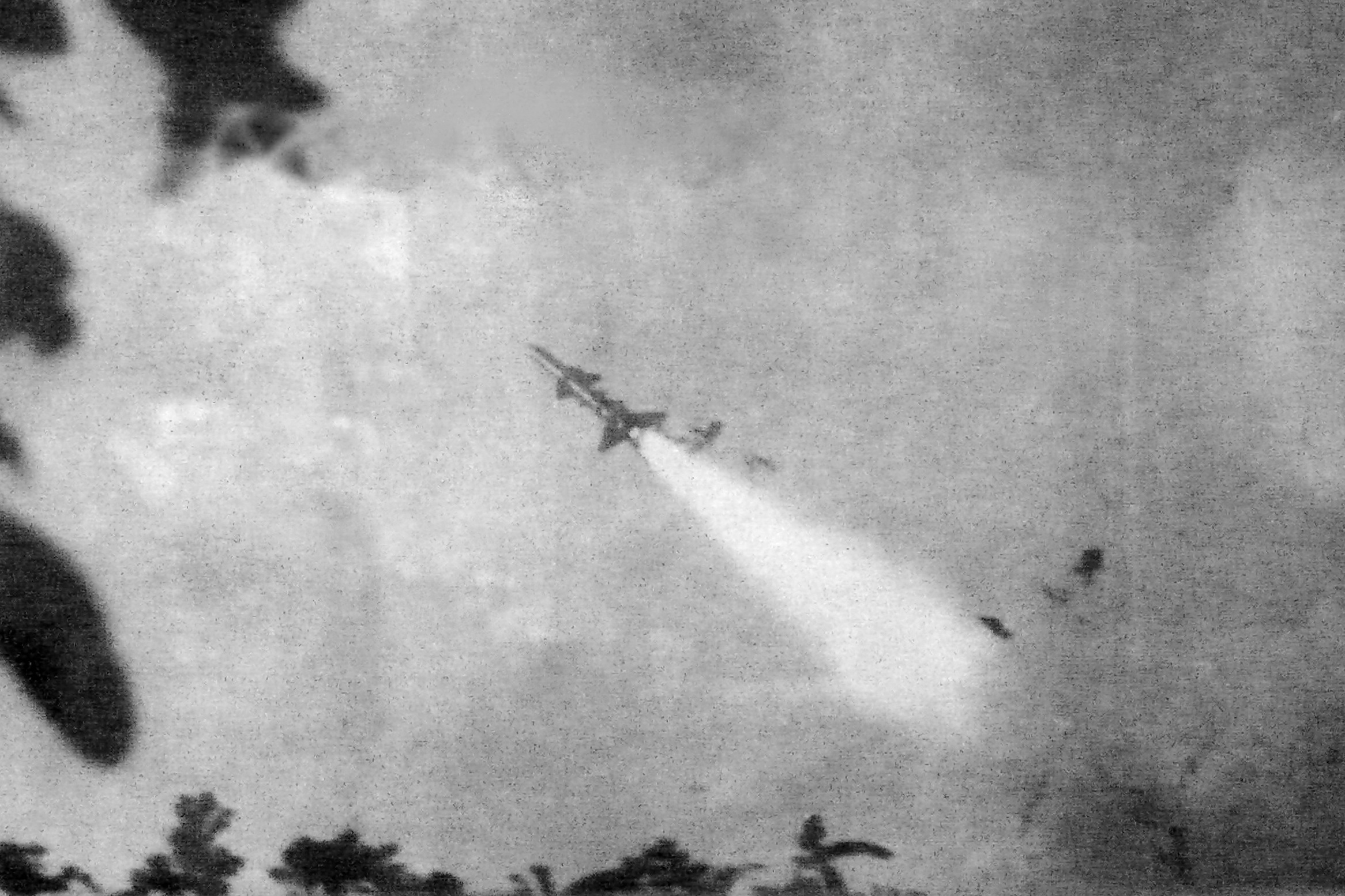

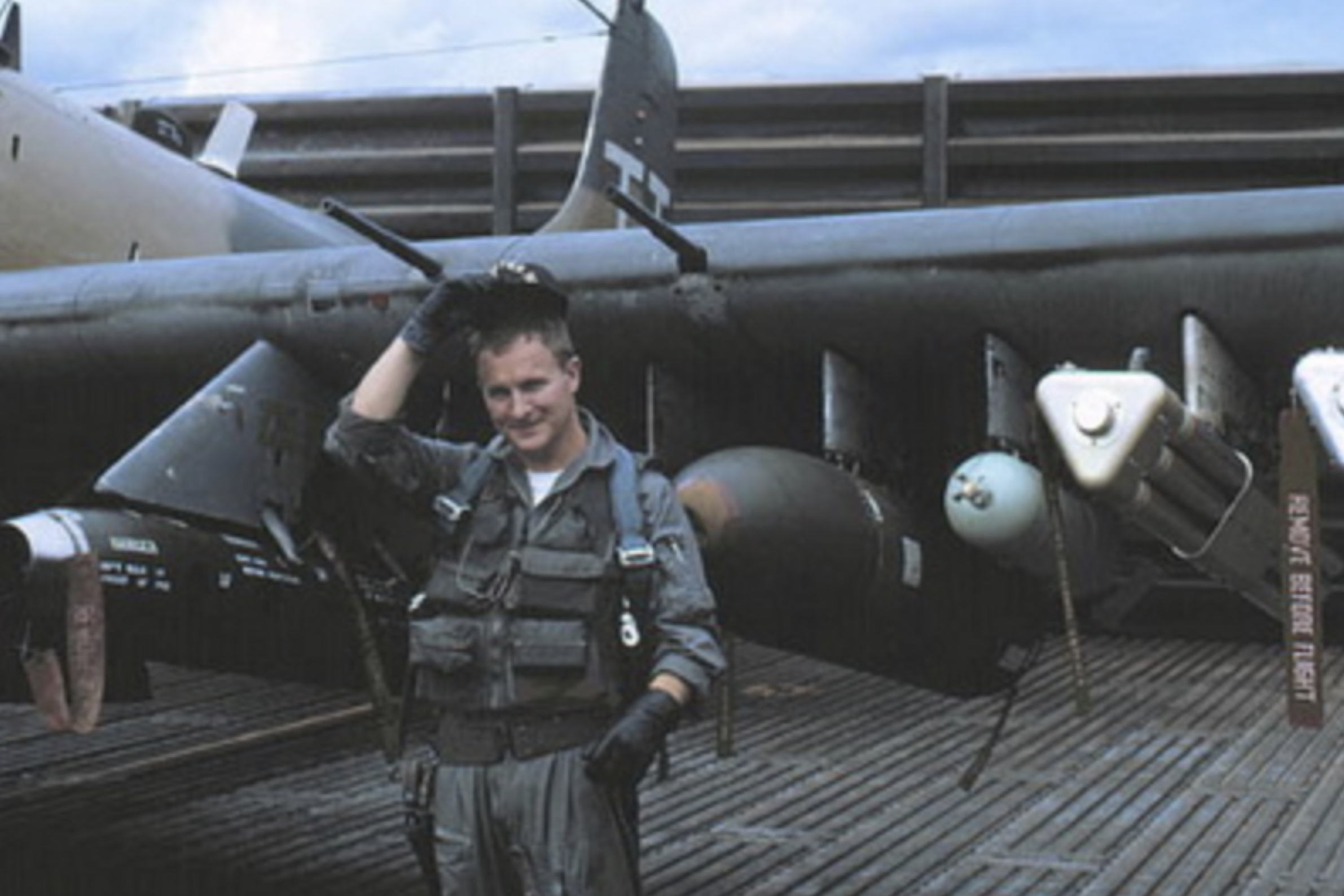





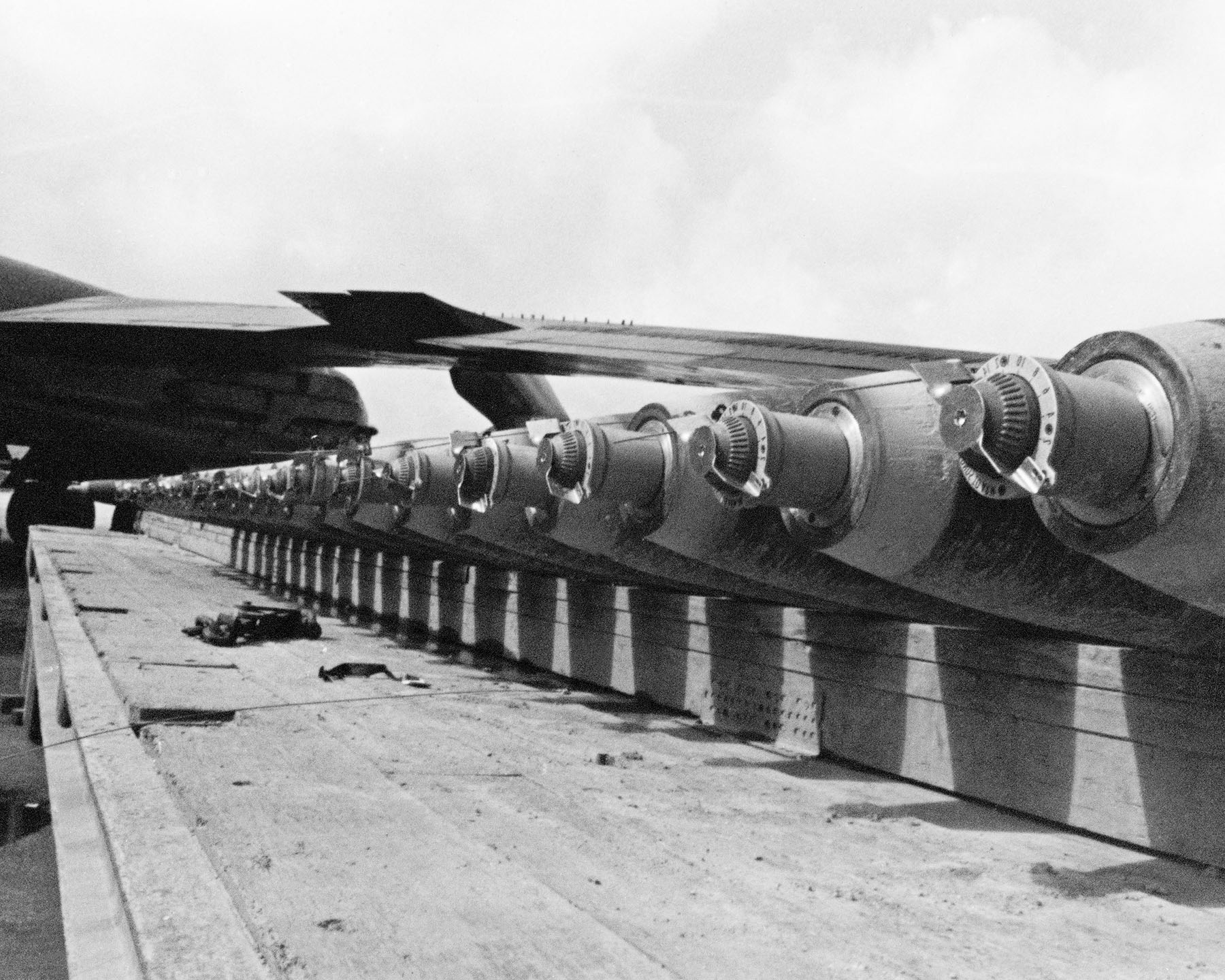

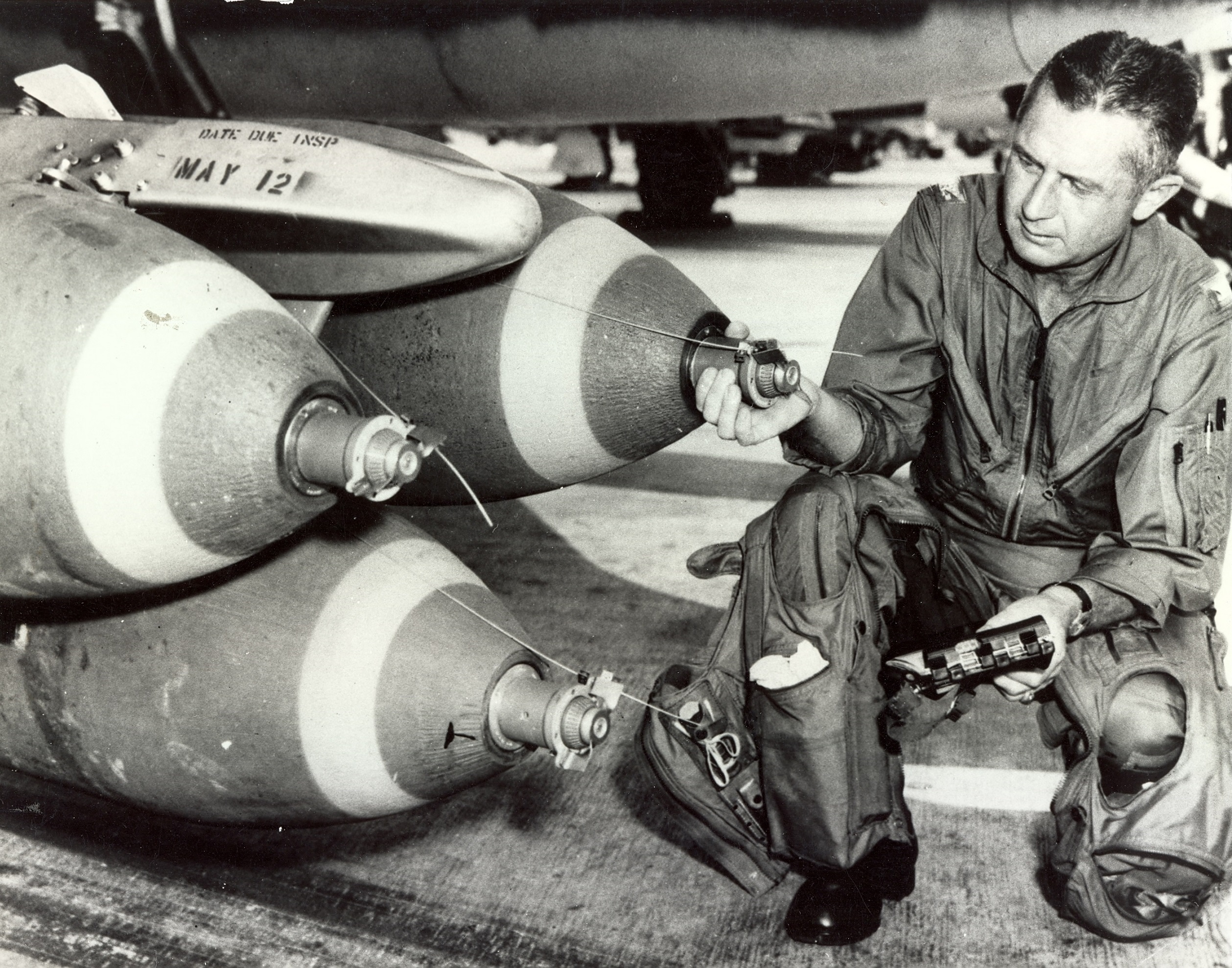




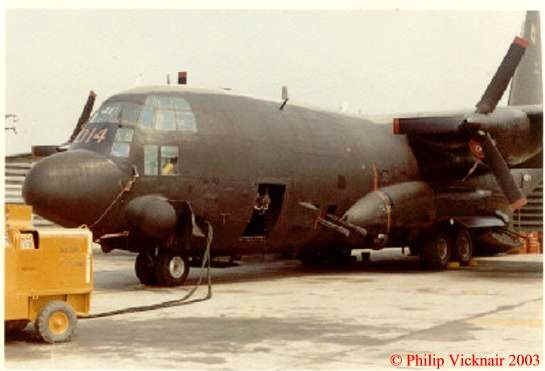
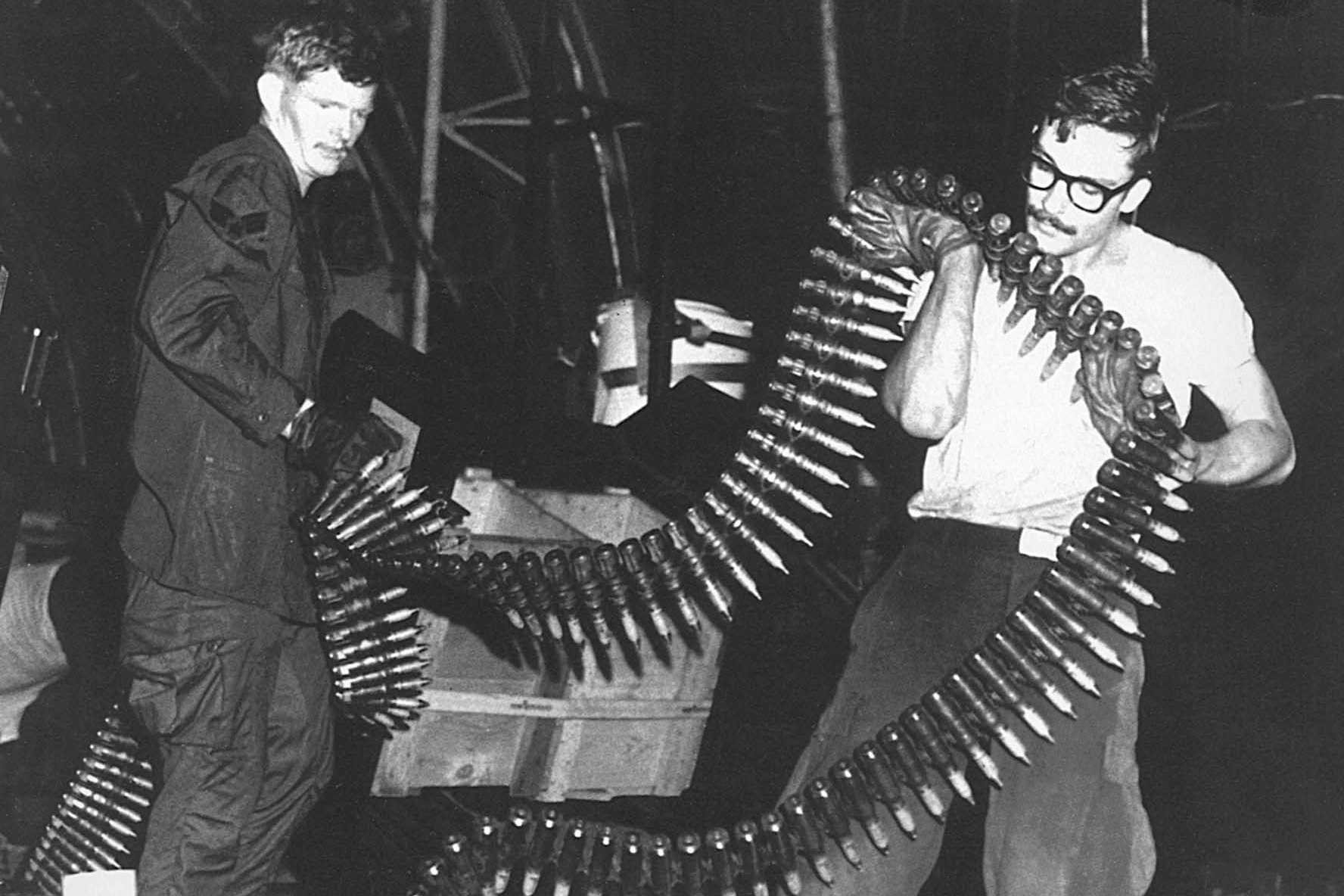


We’ve spent more than 20 years exploring and the Ho Chi Minh Trail in Laos, and have compiled this set of images comparing what it

Cluster bombs, shell casings, and original cobblestoned sections of the Ho Chi Minh Trail can still be seen in Laos. Explore our massive Ho Chi
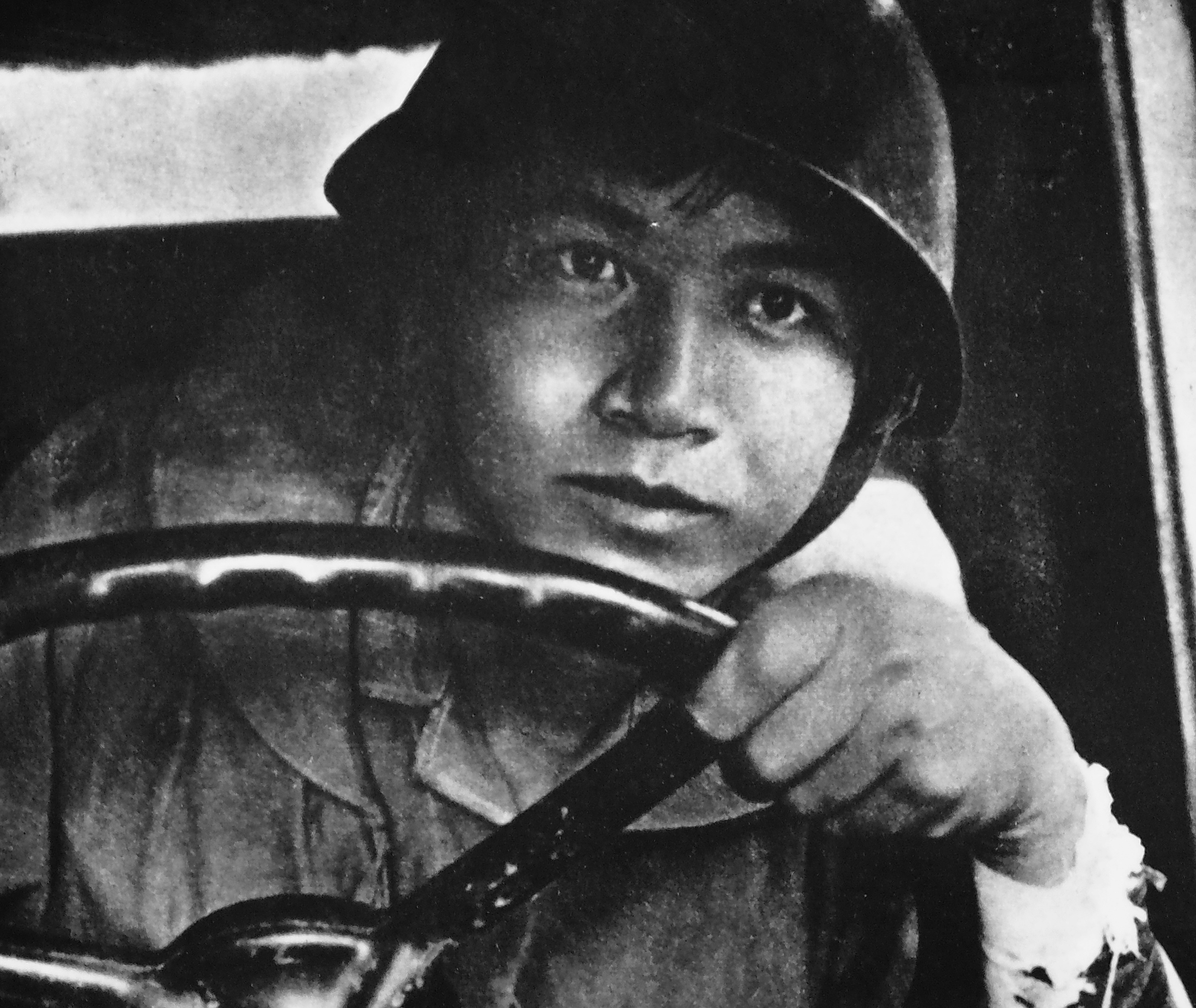
Relentless bombing devasted the Laotian countryside. Check out part 4 of our gallery of images of the Ho Chi Minh Trail, taken before and after